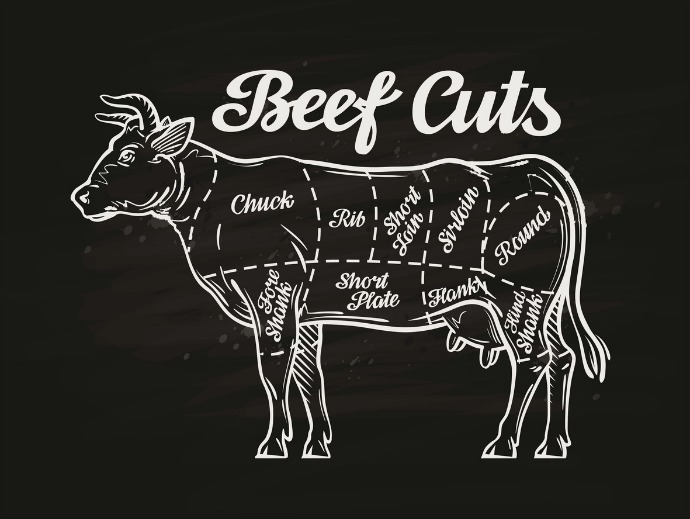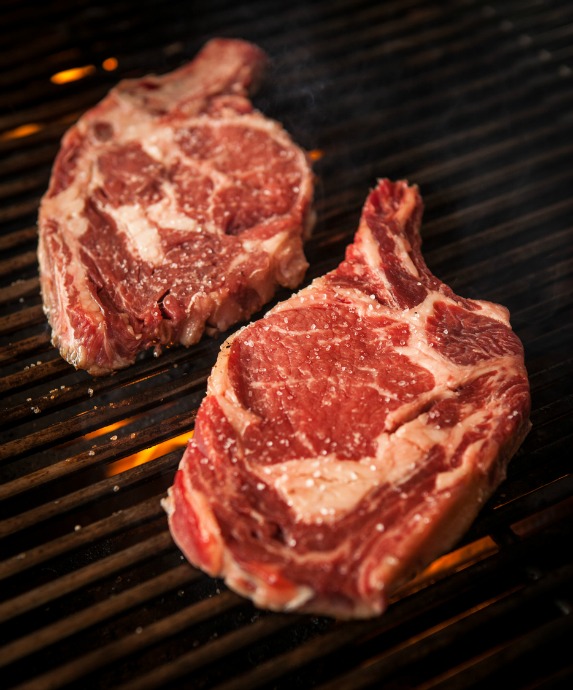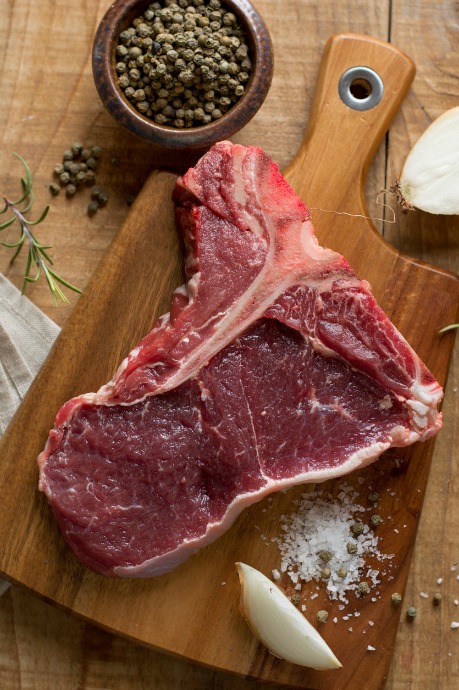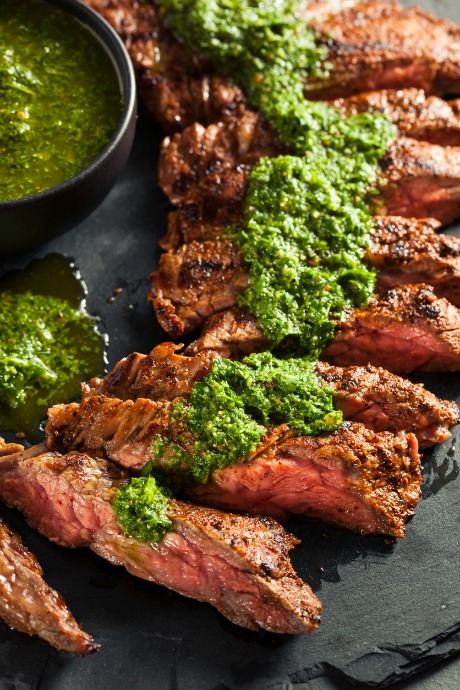Ask the Experts: Best Cuts of Beef?
Posted by April on Jul 26th 2017
Q: There are so many cuts of beef available at the butcher, and beef can be quite expensive. How do I make sense of all the choices?
A: The answer to this question largely depends on what recipe you are planning to cook. But before you buy your beef, you may want to know a little more about the meat cutting process. Understanding the differences between cuts of beef will help you plan your menu.
The Basics of Beef
Meat is the muscle tissue of an animal, and beef is the muscle tissue of cows. More frequently-used muscles will be tougher; seldom-used muscles will be more tender. Therefore, cuts of beef that come from the legs, rump, and shoulders are going to be tougher than those from around the ribs and along the spine.

When beef is split into two halves along the spine, each half is a side of beef. A side of beef hangs in a meat locker for a few weeks, which helps tenderize the beef. Then a butcher sections it off into large muscle groups called the primal cuts of beef, shown in the graphic above. Retail cuts like ribeye steaks and rump roasts come from these primal cuts.
Primal Cuts of Beef: Chuck
The chuck is the shoulder of the steer. Chuck includes only the shoulder -- not the neck, brisket (lower chest), or foreshank (front leg). It's one of the tougher cuts; roasts, stew meat, and ground beef come from chuck. Beef chuck also includes five ribs.
Primal Cuts of Beef: Brisket
Brisket comes from the lower chest of the steer. This cut of beef can be tough, but it's loaded with flavor if you cook it properly. Sometimes the butcher will grind the brisket into ground beef rather than leaving it intact.
Primal Cuts of Beef: Rib

The rib contains seven of the 13 ribs in a side of beef, leaving one in the short loin. The rib section is very tender. The prime rib and the rib eye (above) come from this cut, as do beef ribs and rib steaks.
Primal Cuts of Beef: Short Loin

The short loin comes from the back of the steer, extending from the last rib to the lower abdomen. It is the most tender of the primal cuts, and includes the tenderloin (Filet Mignon), Porterhouse, and T-bone steaks (above). Club steaks and New York strip steaks also come from the short loin.
Primal Cuts of Beef: Sirloin
The sirloin is the upper rump. Tri tip steaks and roasts, and ball tip steaks and roasts come from the sirloin.
Primal Cuts of Beef: Round
The round comes from the rear leg of the steer and can be moderately tough. Round steaks and roasts, sirloin tip, London broil, and breakfast steaks come from the round.
Primal Cuts of Beef: Plate and Flank

The plate and flank primal cuts come from the belly. These are often cut into thin pieces of meat named for their primal cut, like flank steak. Inside skirt and outside skirt are from the plate. When pounded thin and cooked properly, skirt steak (above) can be a delicious feast.
Remember that even less expensive, tougher cuts of beef can be tasty and delicious. The trick is to cook each piece with an appropriate cooking method. In our next post, we'll cover cooking methods for various cuts of beef to get the best-tasting results.
As an avid farmer, gardener, and cook, April Freeman is an expert in the food production process. She raises pigs, chickens, beef cattle, and grows a wide variety of vegetables and fruits on her family farm in Tennessee. Learn more about April's firsthand experience with farm-fresh food on her blog, Feeding My Family.
 Free shipping over $49
Free shipping over $49










